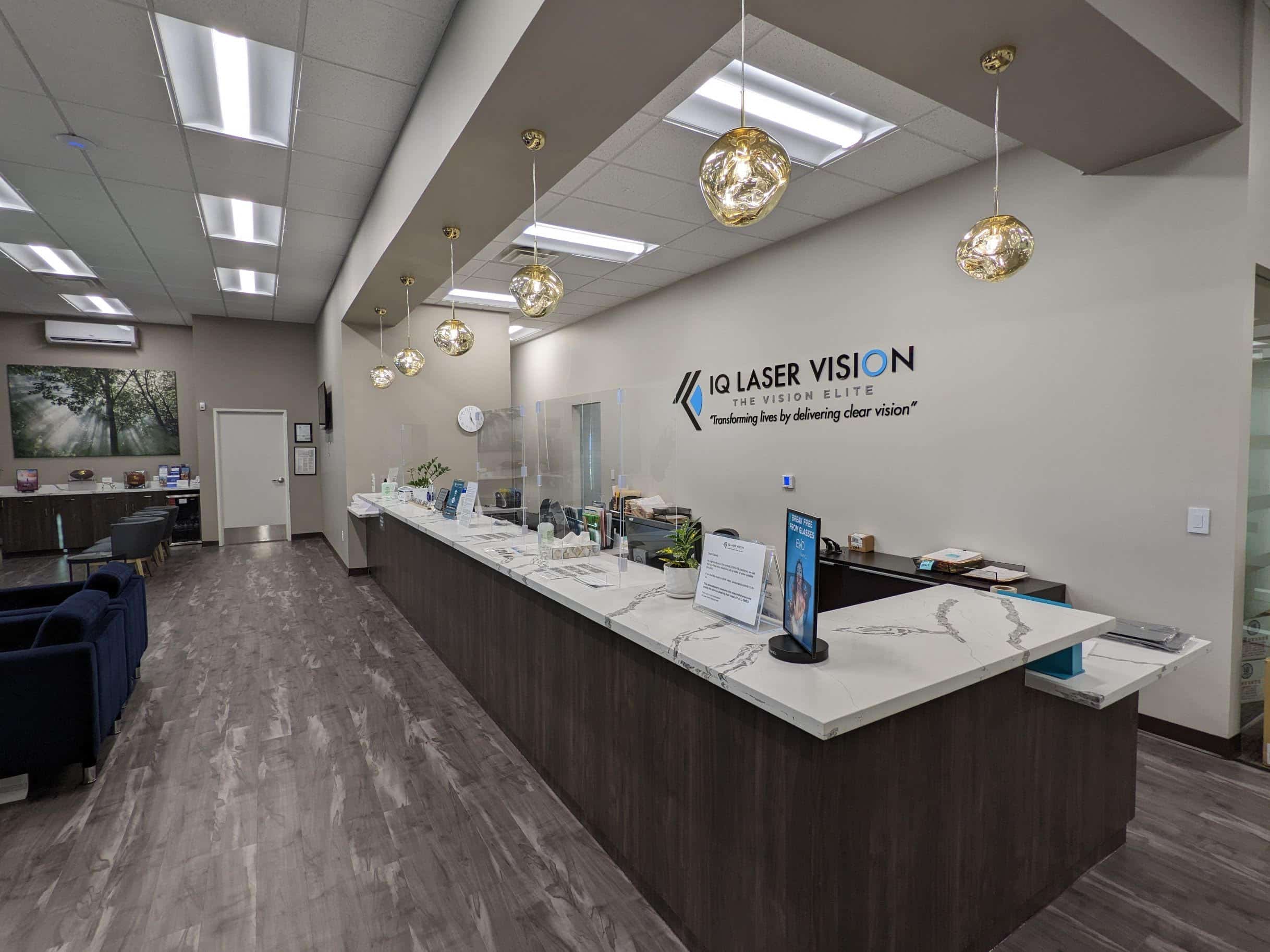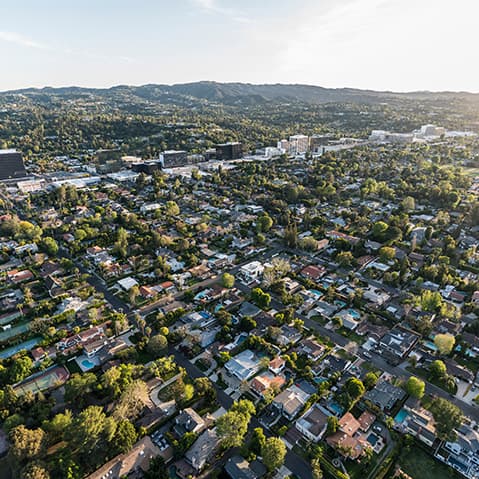If you’re considering a procedure like LASIK, you may be thinking about how great vision correction is. But what you may not be considering is the step that comes before everything: a LASIK consultation.
Before you can have LASIK, you have to have a LASIK consultation. Keep reading to learn why LASIK consultations are necessary!
Why can’t everyone have LASIK?
LASIK may be an amazing vision correction procedure but not everyone can have it. There are a lot of factors that go into LASIK candidacy.
At the heart of it though, is whether it’s safe for you to have LASIK. The only way to know for sure is to have a LASIK consultation.
There is never going to be a situation where you can have LASIK and not have a consultation. This is one of the most important checks and balances that exist for determining who can and can’t have LASIK.
Some factors that are taken into account for LASIK candidacy include:
- Age
- Prescription stability
- If you are currently pregnant or nursing
- If your corneas are thick enough
- If your prescription is in the correct range to have LASIK
- If you’re in good health
- If your eyes are healthy
These are only some of the factors that go into LASIK candidacy. Of course, the only way to really know if you qualify for LASIK is to have a LASIK consultation!
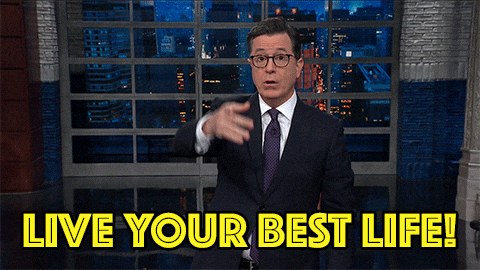
What can I expect during a LASIK consultation?
If you’re thinking about having LASIK, welcome to the first step of your vision correction journey! First of all, there’s nothing to be afraid of with a LASIK consultation, so don’t be nervous!
Your LASIK consultation will not be painful. Instead, think of it as a time to gather more facts for both you and your eye doctor. During your consultation, your eye doctor will find out how healthy your eyes are, determine if you’re a good LASIK candidate and if you qualify for LASIK and want to have it, they’ll provide details on how to schedule your procedure.
You’ll have your vision measured
When you have LASIK, it involves permanently reshaping the cornea to correct any refractive errors. These include nearsightedness, farsightedness, and astigmatism.
Since you wear glasses or contacts, you’re already familiar with the tests used to measure your vision. These include manual refraction, digital analyzers to measure your refraction (vision measurements) and confirm your refraction.
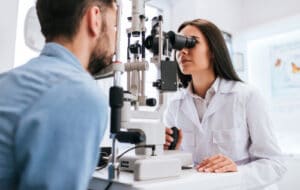
Your eye doctor will also measure the quality of your vision and how light scatters when it enters your eye. These tests show how your eyes focus, providing information about the quality of your current vision.
Having this data gives a better understanding of how to correct your vision if you qualify for LASIK.
You may have your eyes dilated
Depending on the patient, you may have your eyes dilated during your LASIK consultation. Nobody enjoys having their eyes dilated to enlarge their pupil, but it does serve an important purpose!
By enlarging the pupil, it’s much easier to see the lens of the eye. The lens sits behind your pupil.
Your eye doctor will also have a much easier time seeing your retina, located at the back of the eye. More measurements are taken while your eyes are dilated, which confirms the first refraction.
This second set of measurements is usually more accurate than the first set.
You’ll have the front of your eye scanned
Having the front of your eye scanned sounds like something out of a science fiction novel! These scans are high-resolution and incredibly precise, showing eye tissue at the micron level.
Without these scans, there would be no way to see this level of detail. Using these scans, your eye doctor can see both the surface of your eye and your lens.
With these images, it’s easier to check out your cornea, the quality of your tear film (which determines if your eyes are producing high-quality tears), and if your eyelids are healthy. Another aspect of LASIK involves the curvature, shape, and thickness of your cornea, which is the front surface of the eye.
The scans capture this data as well.
You’ll look into a digital device that takes an image of your retina
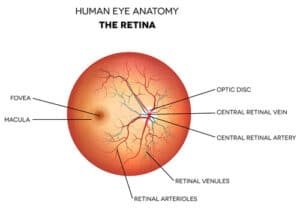
Who knew you could have a picture taken of your retina! The retina is at the back of the eye and focuses light that comes into the eye.
It then sends nerve signals to the brain that get translated into what you see as images. Having a digital image of your retina allows your eye doctor to see how healthy it is, as well as how it functions.
You’ll have the surface of your eye evaluated
If you want to have a healthy cornea, it’s essential that you also have a healthy tear film. The tear film coats the eye and is part of what keeps your eyes lubricated and hydrated.
When you have LASIK, the cornea is permanently reshaped, correcting any refractive errors you may have. During the recovery process, it’s imperative that you have a healthy tear film because it affects how you heal after LASIK.
Evaluating the surface of the eye allows your eye doctor to know your tear film composition and volume. To have LASIK, your eyes need to be healthy.
When it comes to the tear film, this means that you cannot have a condition like dry eye syndrome. If you do have dry eyes, you need to have them under control before you can have LASIK.
This is one of the reasons why many patients with dry eyes may choose to have another vision correction procedure like SMILE instead. If you don’t qualify for LASIK because of dry eyes, talk to your eye doctor about SMILE and see if you may be a better fit for it instead.
Want to learn more about SMILE? You can schedule your FREE SMILE consultation at IQ Laser Vision right now!
You’ll have your eyes measured using a microscope
If you see a microscope during your LASIK consultation, don’t worry! You’re not going back to high school biology, and that’s a promise!
There are other eye measurements that are also taken during your LASIK consultation and a high-powered microscope is necessary for this part. The microscope examines the structures of the eye in great detail to screen for conditions like diabetes, allergies, macular degeneration, and glaucoma.
Other tests conducted in high-definition include measuring the dimensions of the eyeball (height, length, width, etc), and what size your pupils are. If it sounds like a lot, it’s because having a LASIK consultation is extremely comprehensive!
Having this consultation is the only way your eye doctor can determine if you’re a good candidate for LASIK. After all, a few hours of your time is worth it to find out if visual freedom could be in your future, right? Most people would definitely agree!
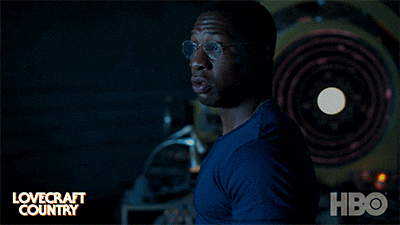
Are you interested in learning more about LASIK and Zeiss SMILE Eye Surgery? We proudly serve Los Angeles, San Francisco, Houston, and the surrounding California area.
Glasses and contacts don’t have to be something you deal with for the rest of your life if LASIK is right for you!
















